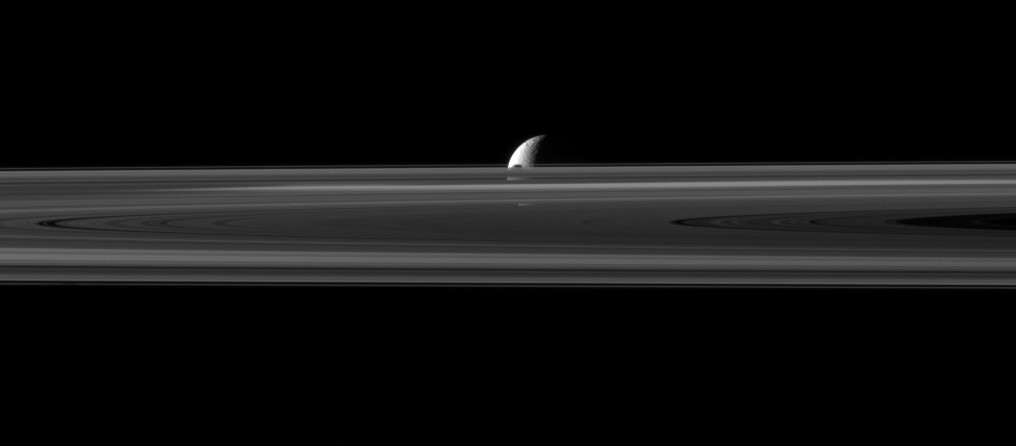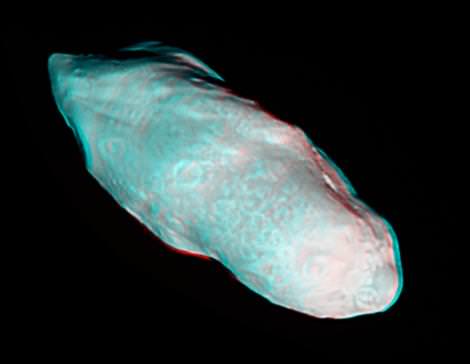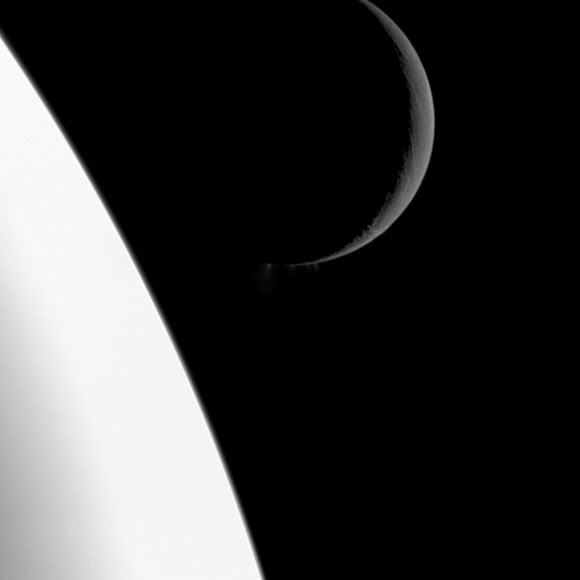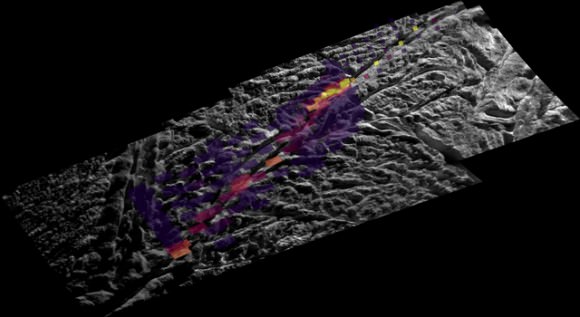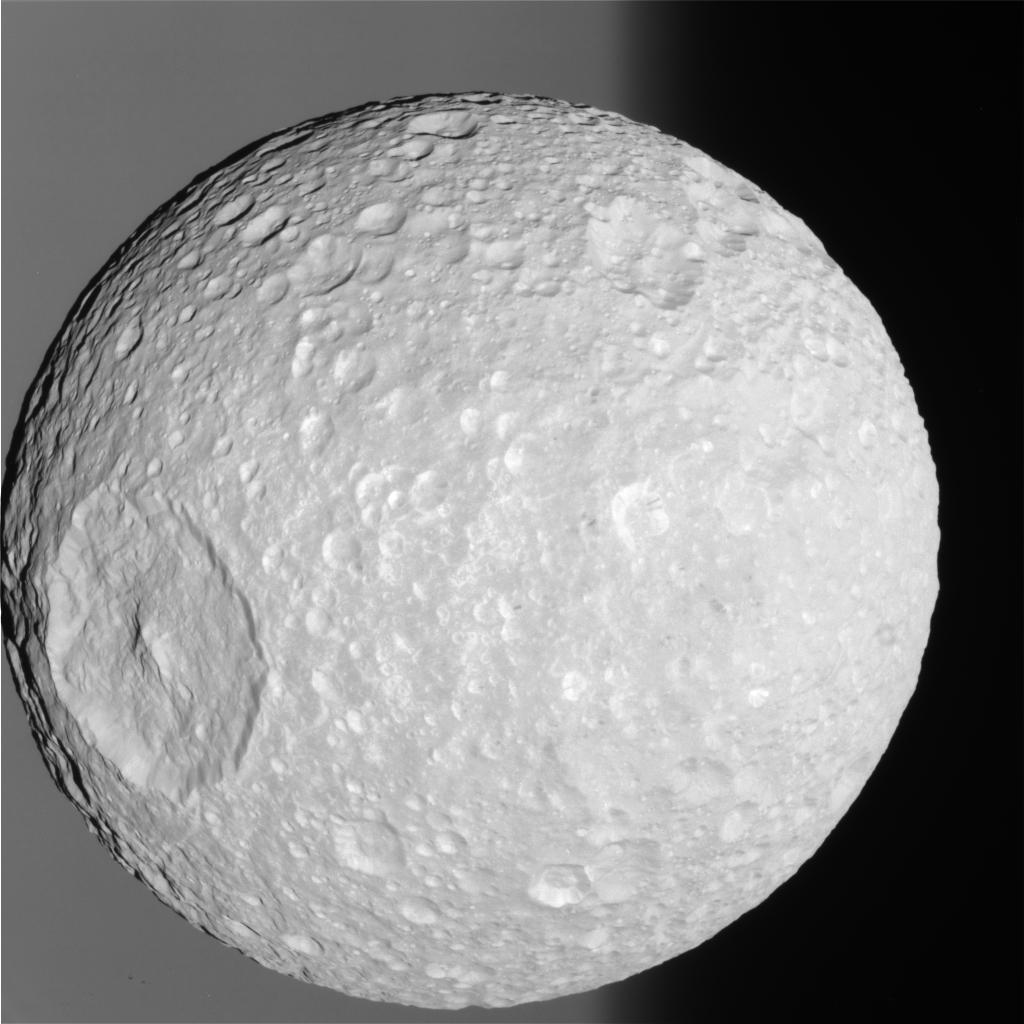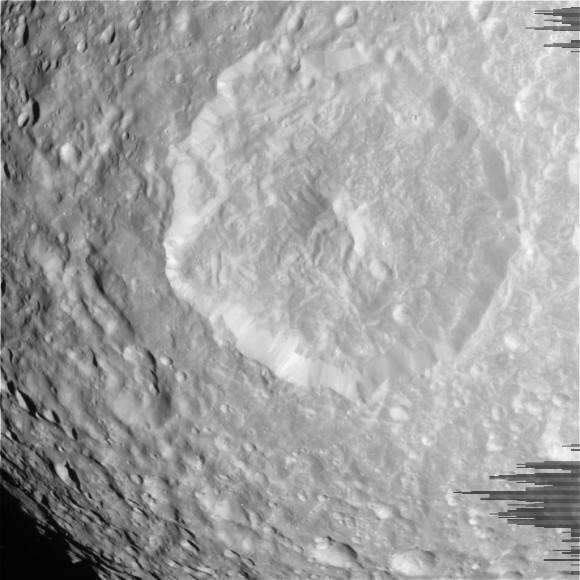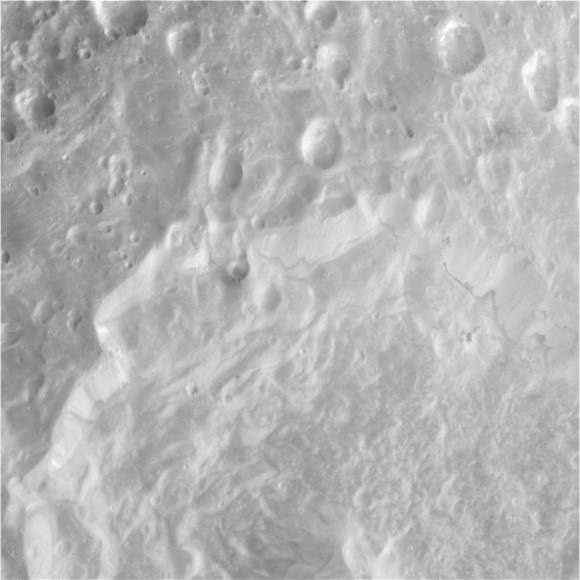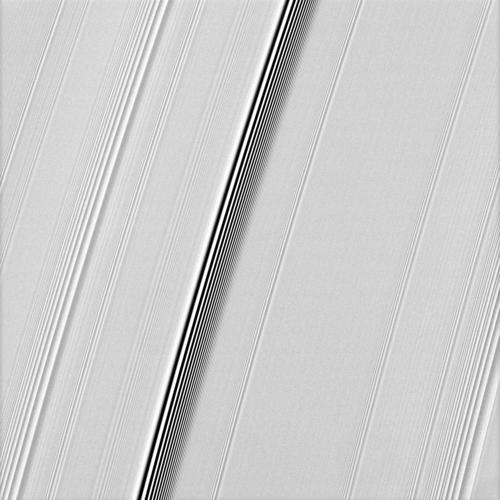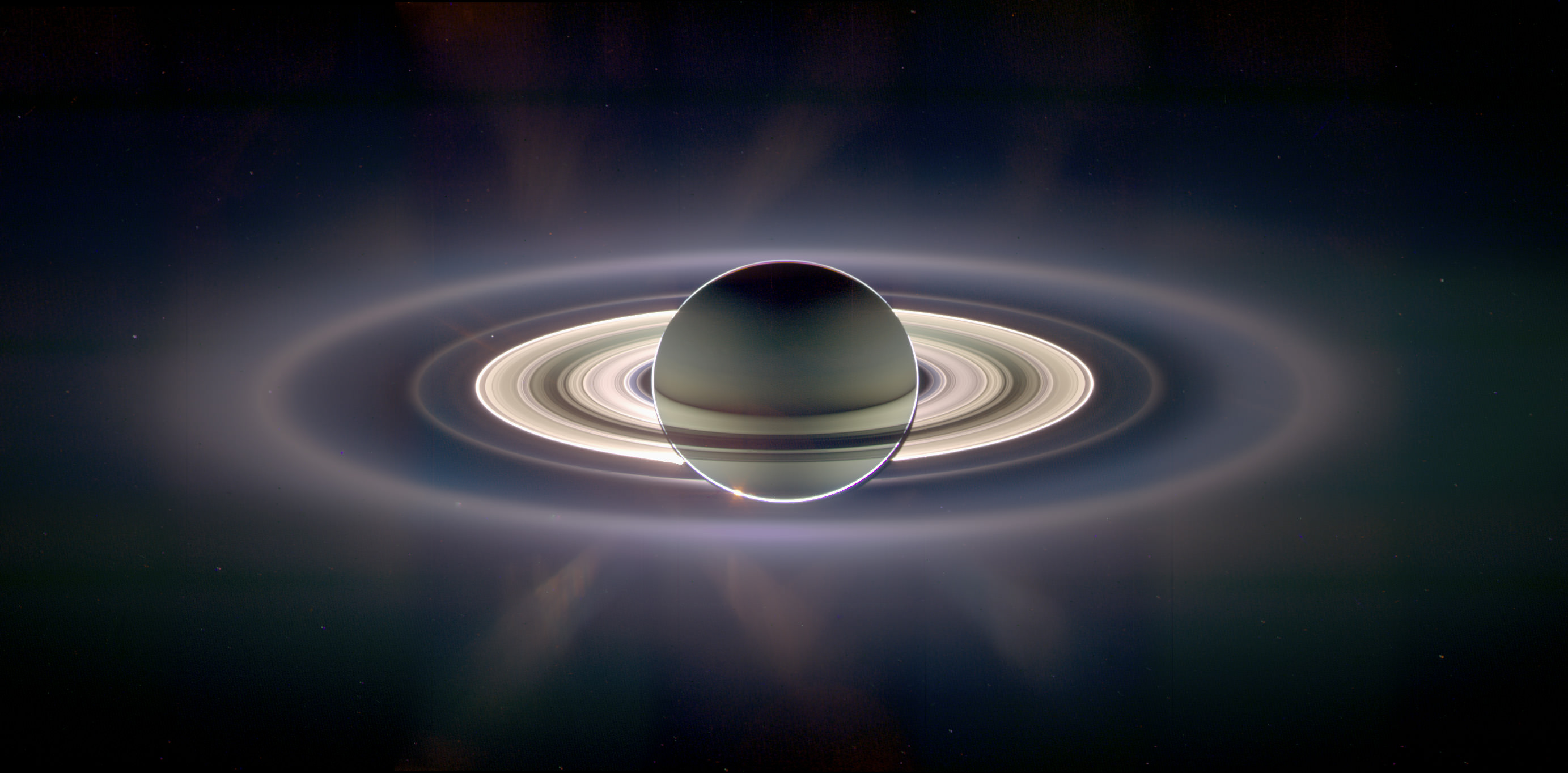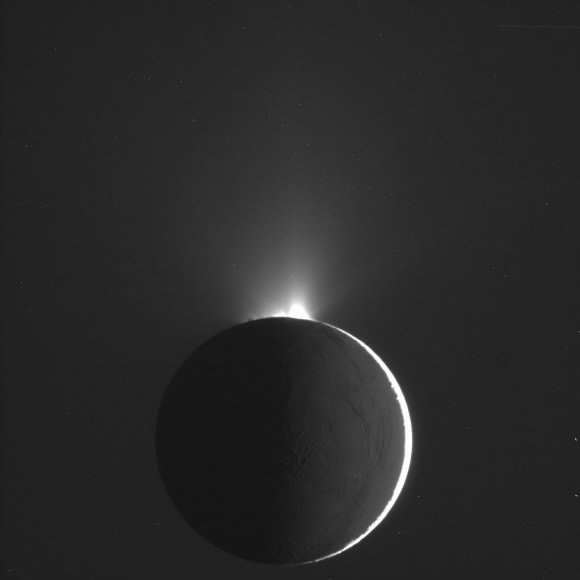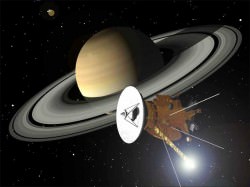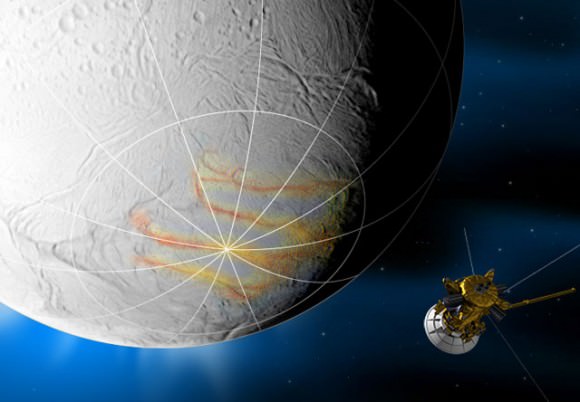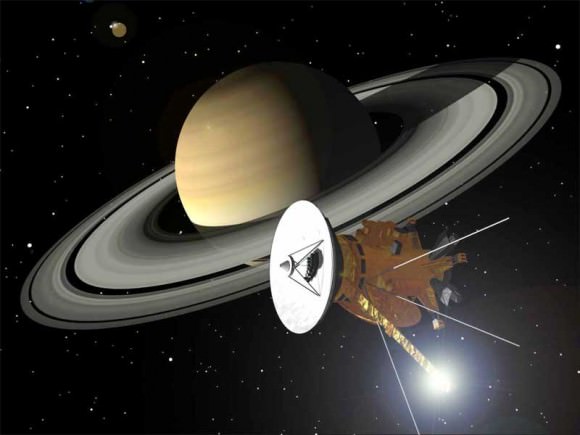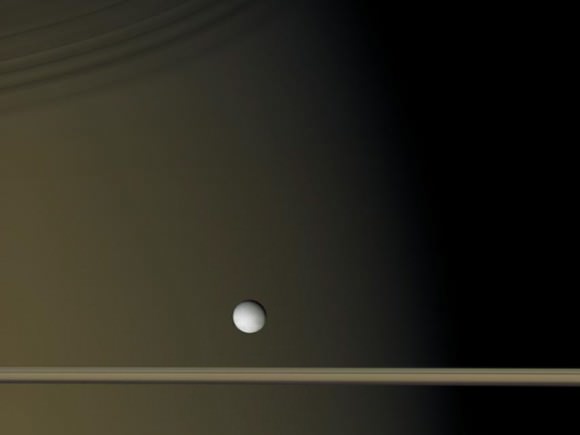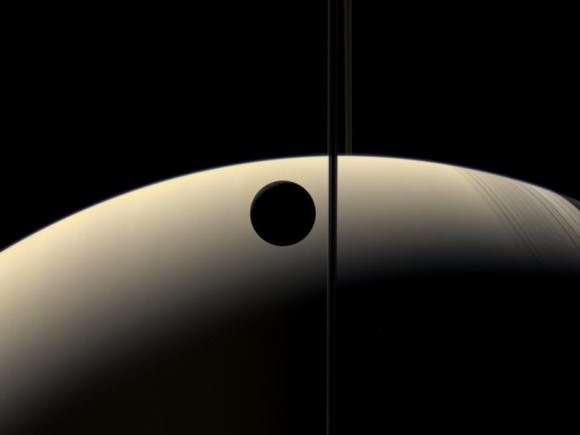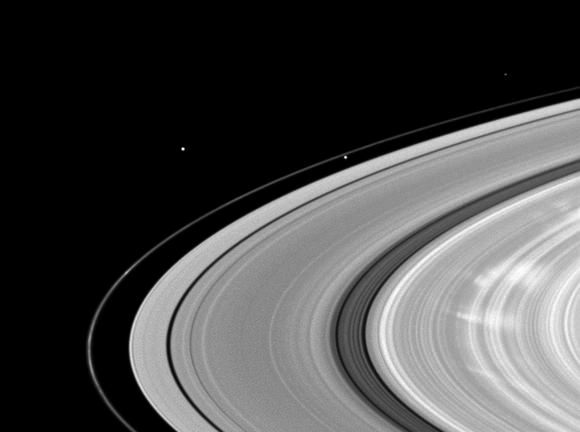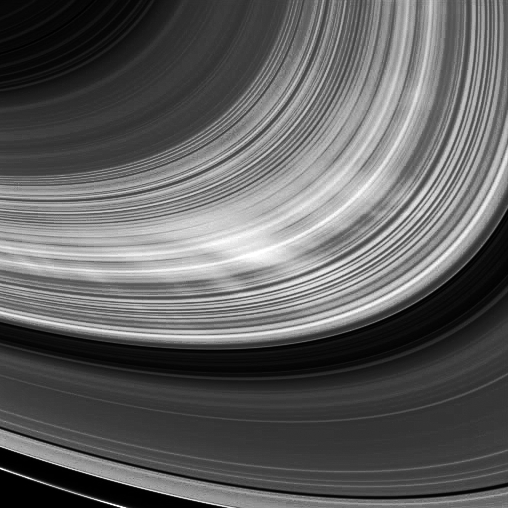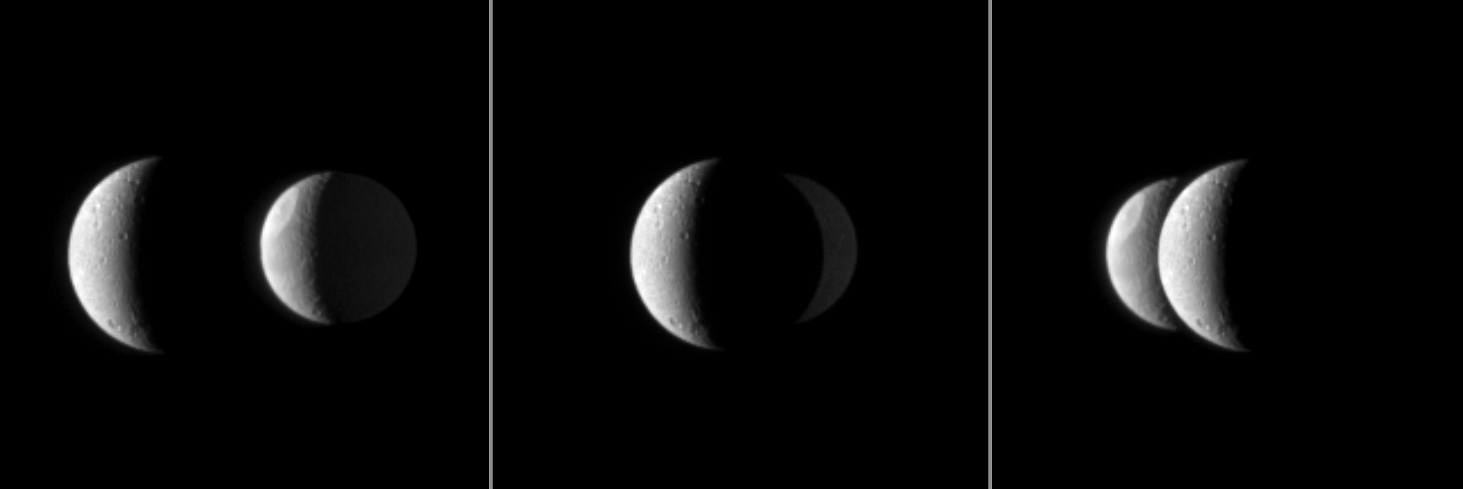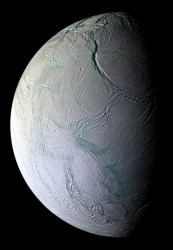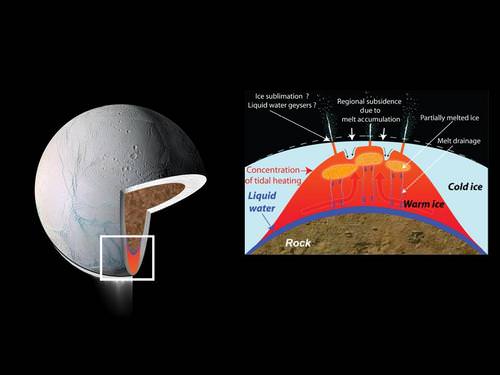[/caption]
Could there be life on Titan? If so, one astrobiologist says humans probably couldn’t be in the same room with a Titanian and live to tell about it. “Hollywood would have problems with these aliens” said Dr. William Bains. “Beam one onto the Starship Enterprise and it would boil and then burst into flames, and the fumes would kill everyone in range. Even a tiny whiff of its breath would smell unbelievably horrible. But I think it is all the more interesting for that reason. Wouldn’t it be sad if the most alien things we found in the galaxy were just like us, but blue and with tails?”
While giving an obvious nod to the recent movie “Avatar,” Bains’ research provides insight to the difficulties we might encounter – beyond cultural – if we ever meet up with alien life. There could be unintended harmful consequences for one species, or both.
Bains is working to find out just how extreme the chemistry of life can be. Life on Titan, Saturn’s largest moon, represents one of the more bizarre scenarios being studied. While images sent back by the Cassini/Huygens mission might make Titan look Earth-like and maybe even inviting, it has a thick atmosphere of frozen, orange smog. At ten times our distance from the Sun, it is a frigid place, with a surface temperature of -180 degrees Celsius. Water is permanently frozen into ice and the only liquid available is liquid methane and ethane.
So instead of water based-life (like us), life on Titan would likely be based on methane.
“Life needs a liquid; even the driest desert plant on Earth needs water for its metabolism to work. So, if life were to exist on Titan, it must have blood based on liquid methane, not water. That means its whole chemistry is radically different. The molecules must be made of a wider variety of elements than we use, but put together in smaller molecules. It would also be much more chemically reactive,” said Bains.
Additionally, Bains said a metabolism running in liquid methane would have to be built of smaller molecules than terrestrial biochemistry.
“Terrestrial life uses about 700 molecules, but to find the right 700 there is reason to suppose that you need to be able to make 10 million or more,” Bains said. “The issue is not how many molecules you can make, but whether you can make the collection you need to assemble a metabolism.”
Bains said doing such assembling is like trying to find bits of wood in a lumber-yard to make a table.
“In theory you only need 5,” he said. “But you may have a lumber-yard full of offcuts and still not find exactly the right five that fit together. So you need the potential to make many more molecules than you actually need. Thus the 6-atom chemicals on Titan would have to include much more diverse bond types and probably more diverse elements, including sulphur and phosphorus in much more diverse and (to us) unstable forms, and other elements such as silicon.”
Energy is another factor that would affect the type of life that could evolve on Titan. With Sunlight a tenth of a percent as intense on Titan’s surface as on the surface of Earth, energy is likely to be in short supply.
“Rapid movement or growth needs a lot of energy, so slow-growing, lichen-like organisms are possible in theory, but velociraptors are pretty much ruled out,” said Bains.
Whatever life may be on Titan, at least we know there won’t be a Jurassic Park.
Bains, whose research is carried out through Rufus Scientific in Cambridge, UK, and MIT in the USA, is presenting his research at the National Astronomy Meeting in Glasgow, Scotland on April 13, 2010.
Source: RAS NAM


